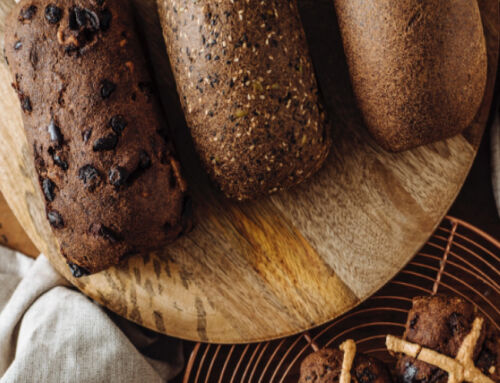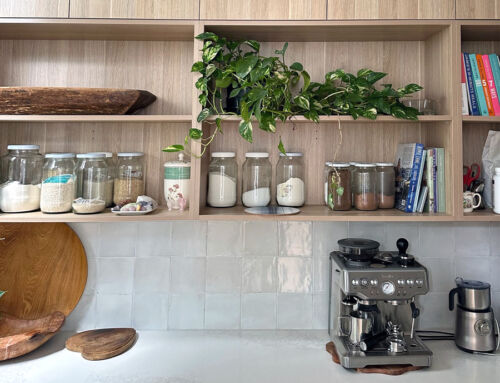How difficult is it to actually quit sugar? If you’ve ever tried, you’ll know it’s harder than you think.
Considering the average Australian eats about 27 teaspoons of sugar daily, we’ve all got a bit of work to do.
The World Health Organisation suggests we have no more than 6 teaspoons of sugar per day. Interestingly, the maximum amount of glucose in our blood stream at any one time should not exceed 1½ teaspoons.
This large sugary intake has a visibly detrimental effect. Our teeth get damaged, our waistlines get bigger and, according to Diabetes Australia, 280 people are diagnosed with diabetes every day – or one person every five minutes in Australia alone. Excess sugar has also been linked to cardiovascular disease, cancer and alzheimers.
Reducing your sugar intake – or weaning off the sweet stuff completely – can improve your health considerably, but it’s not always easy to know where to start. Here’s a few ways to kick the sugar habit:
Cut out non-nutritional sources
Two of the worst offenders for high-sugar with zero nutritional properties are chocolate and soft drinks. For many, these are everyday treats but as little as 50g of chocolate (seven teaspoons of sugar) or 375ml of fizzy drink (10 teaspoons) can put you over the WHO suggested limit. Artificial sweeteners found in diet versions of these products cause their own health problems, so it’s best to find healthy alternatives. Try soda water with fresh lime in place of soft drink, or try making your own sugar-free chocolate alternative.
Beware fruit products
Fruit is a natural source of the sugar in the form of fructose, but the benefits of whole fruit generally outweigh the negatives of a little hit. I recommend keeping fruit in your diet so long as you limit yourself to 1-2 small pieces a day.
Where the trouble comes in is with fruit products. Juices and dried fruits have less fibre, meaning you can consume more without feeling as full. They are also comparatively higher in sugar, so you need to consume a lot less to get the same level of fructose. I recommend avoiding store-bought juices and dried fruits for anyone trying to reduce their sugar. Home-made juices should be watered down, and contain more vegetables than fruit.
Check your habits
We all eat sugary foods out of habit. Whether it’s because you reach for a biscuit when you have a cup of tea, you love cereal for breakfast or you buy a popcorn every time you go to the cinema. These comfort foods can quickly add up so it’s best to eliminate or replace them with healthier alternatives.
Try making a sugar-free treat to have with your tea, like a protein ball or a sugar-free choc slice.
For breakfast, try making your own muesli with less dried fruits and more nuts/seeds. Or if you’re able to, try having a hot breakfast with eggs, tomato and greens. It’s a great way to get veg into your breakfast!
Next time you go to the movies, try packing an apple and a handful of nuts to get you through.
Cook from scratch
You may be surprised to find out how much sugar is added to pre-made items. Cakes and cookies clearly have sugar as an ingredient, but pasta and curry sauces, soups and bagels may not be so obvious for their high sugar content.
Making as much as you can from scratch can help eliminate these unnecessary sugars from your diet while
also letting you control exactly what goes into your body. It may take you a little longer, but you’ll likely end up with a tastier dish and a healthier life as a result.
To find out exactly how much sugar is in a product, free apps such as Sugar Smart and That Sugar App can be used to scan barcodes and give you an idea of how much sugar is hidden within.
Each small step that you take to eliminate sugar from your diet can help lower your intake to the recommended standards, or even down to none at all, and in turn you’ll enjoy a healthier lifestyle!
Have you been living with a health condition for years that hasn’t responded to conventional medicine effectively? Or are you simply not feeling your best?
Click here to download our free guide with tips and steps you can take to feel well again, naturally. This guide covers everything you need for healthy living – diet, sleep, stress and supplements.




